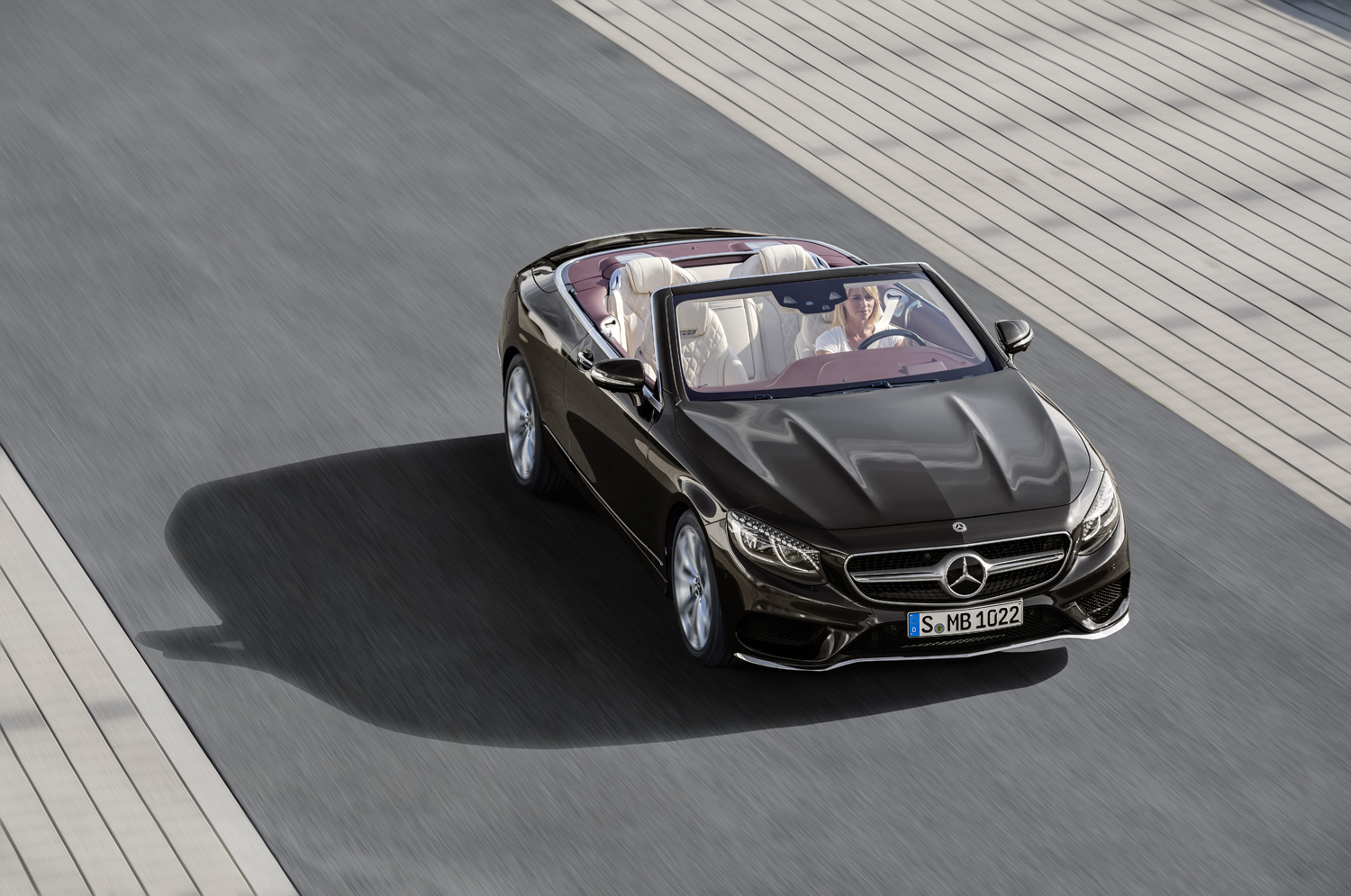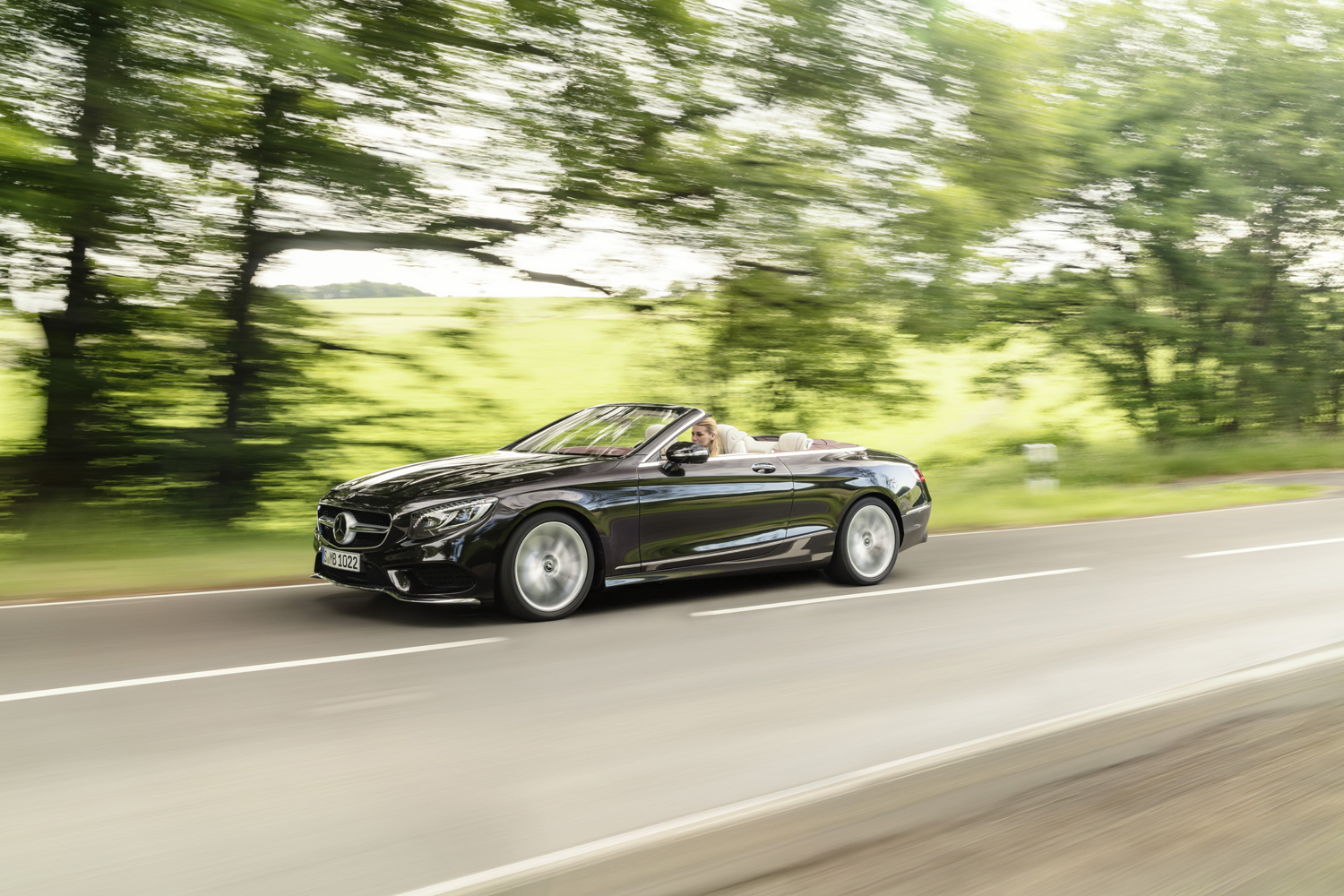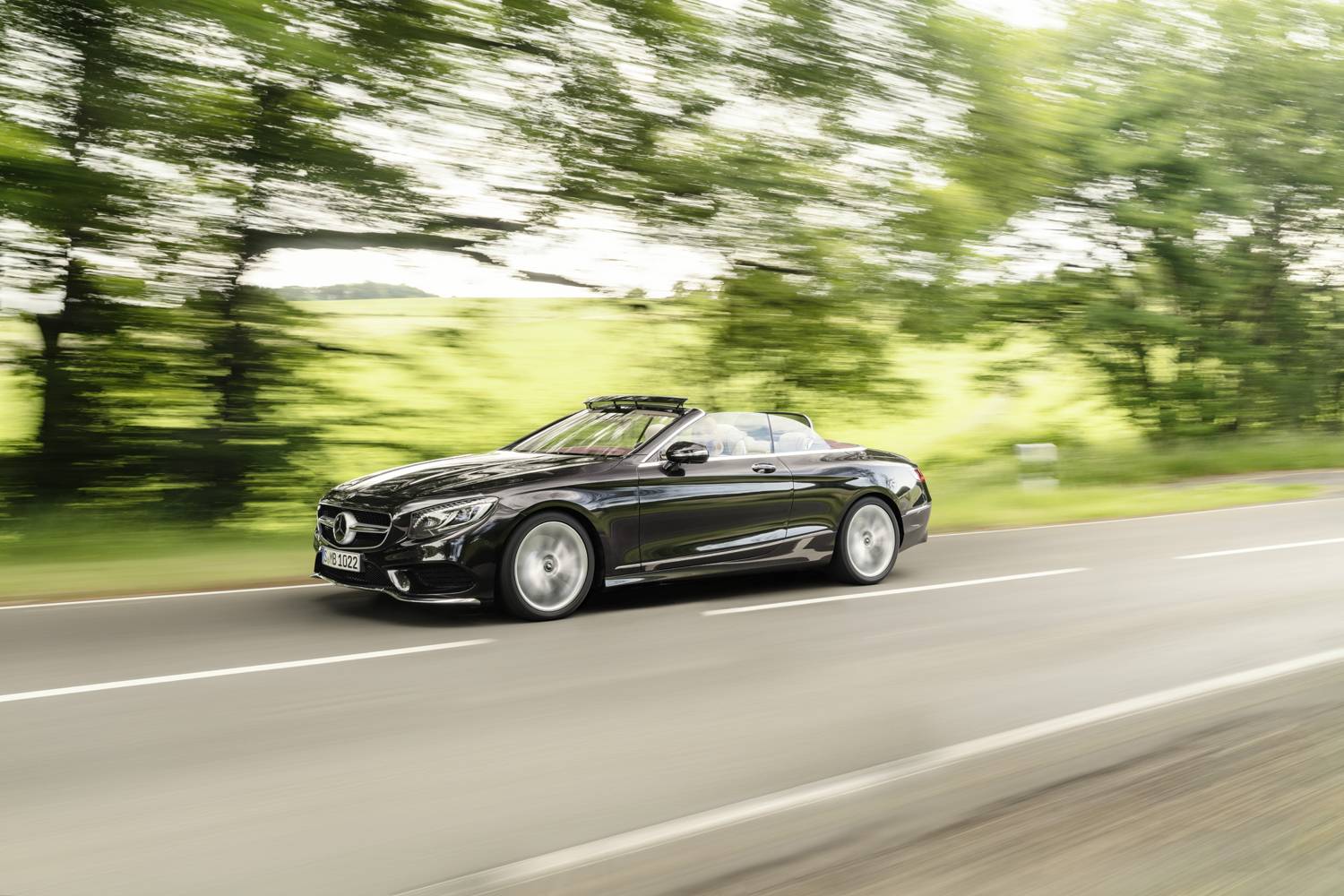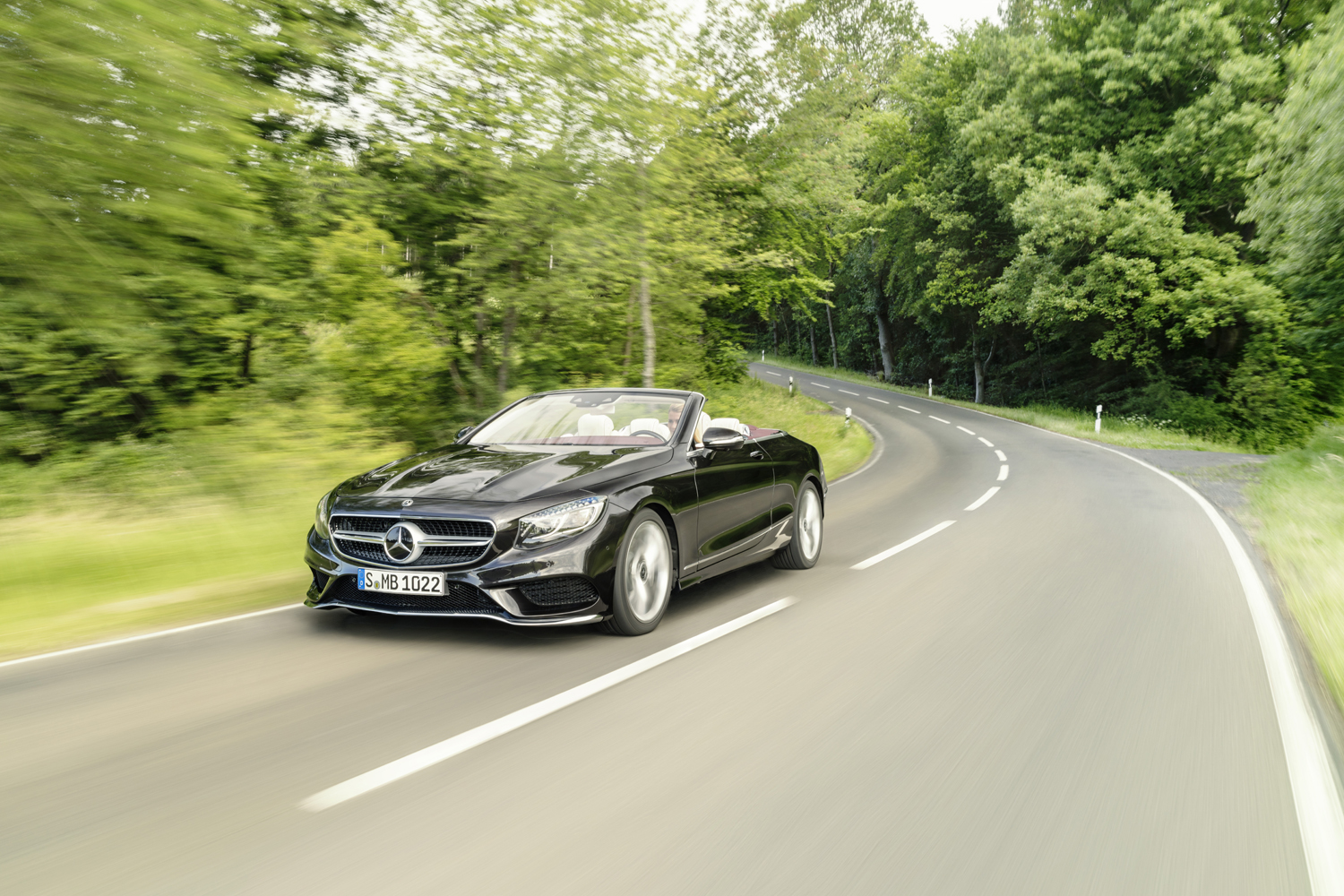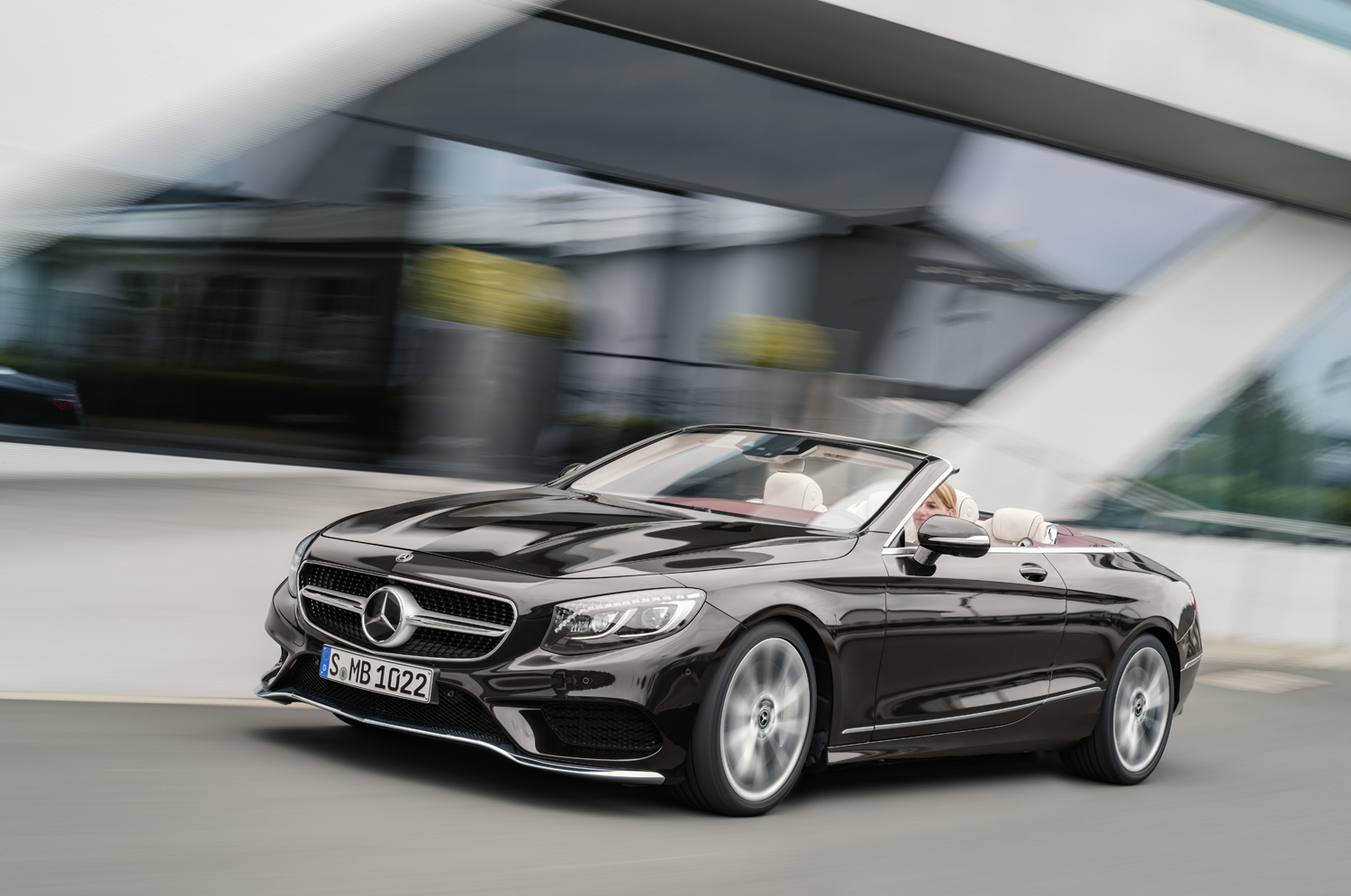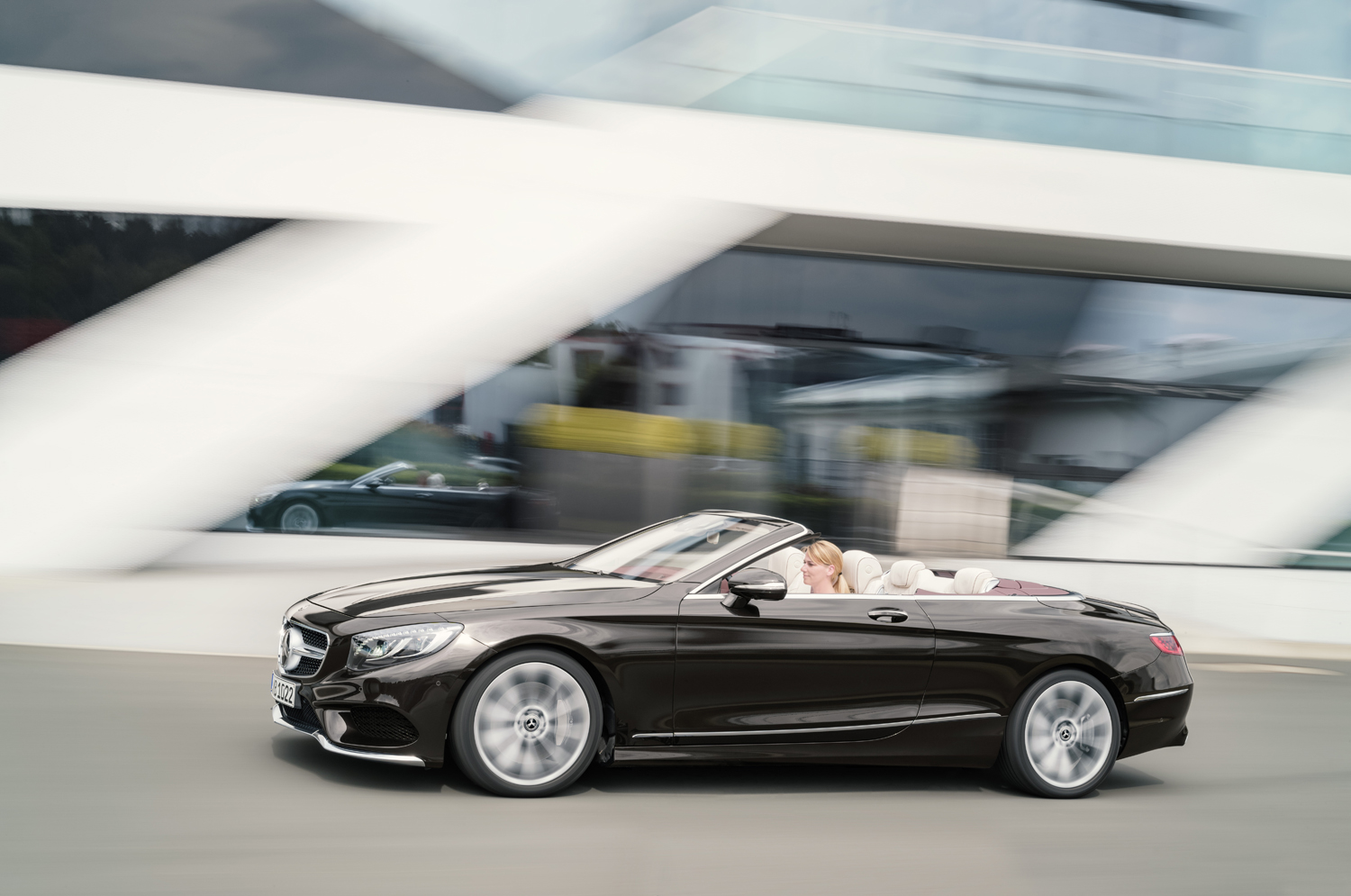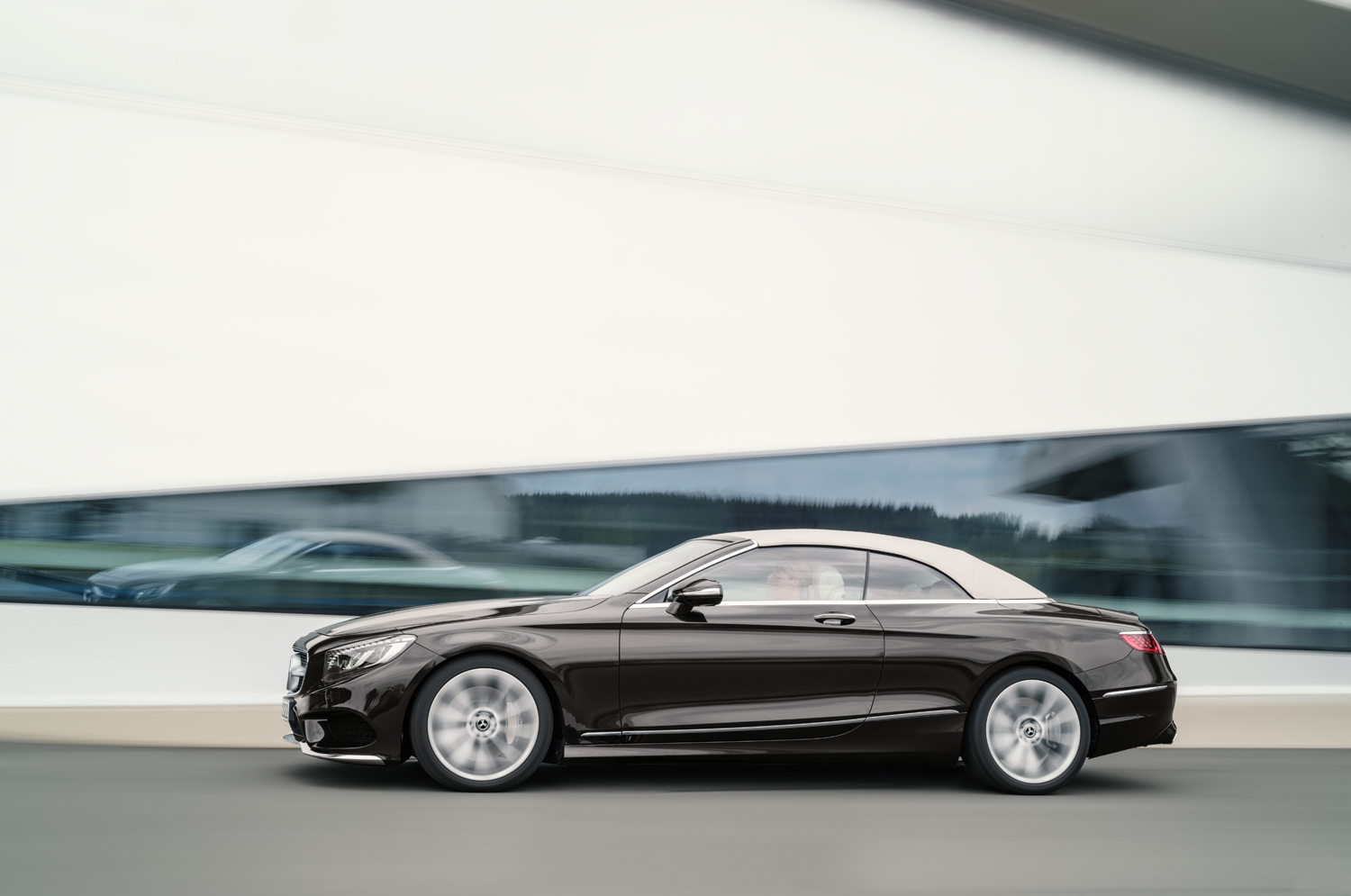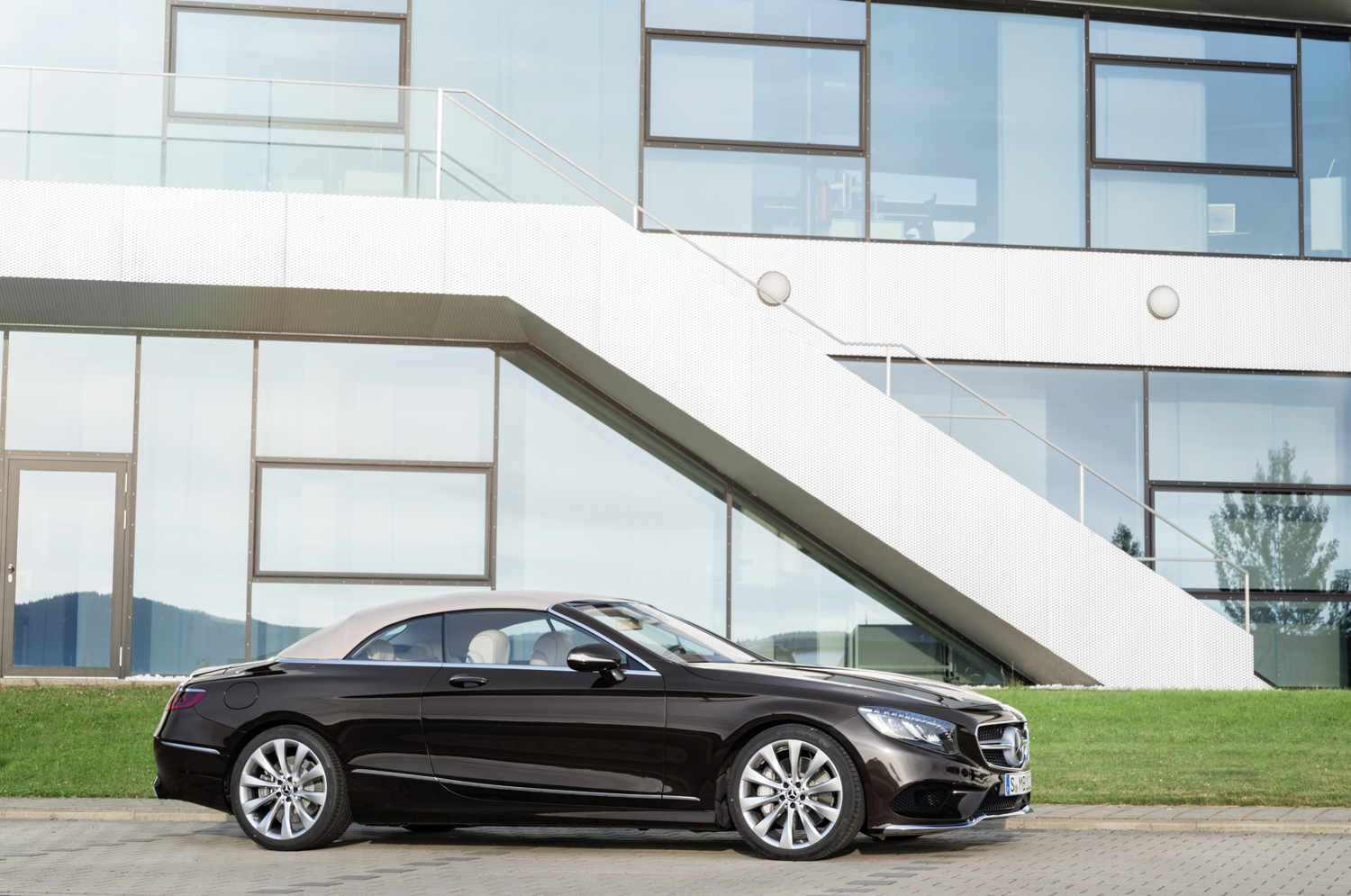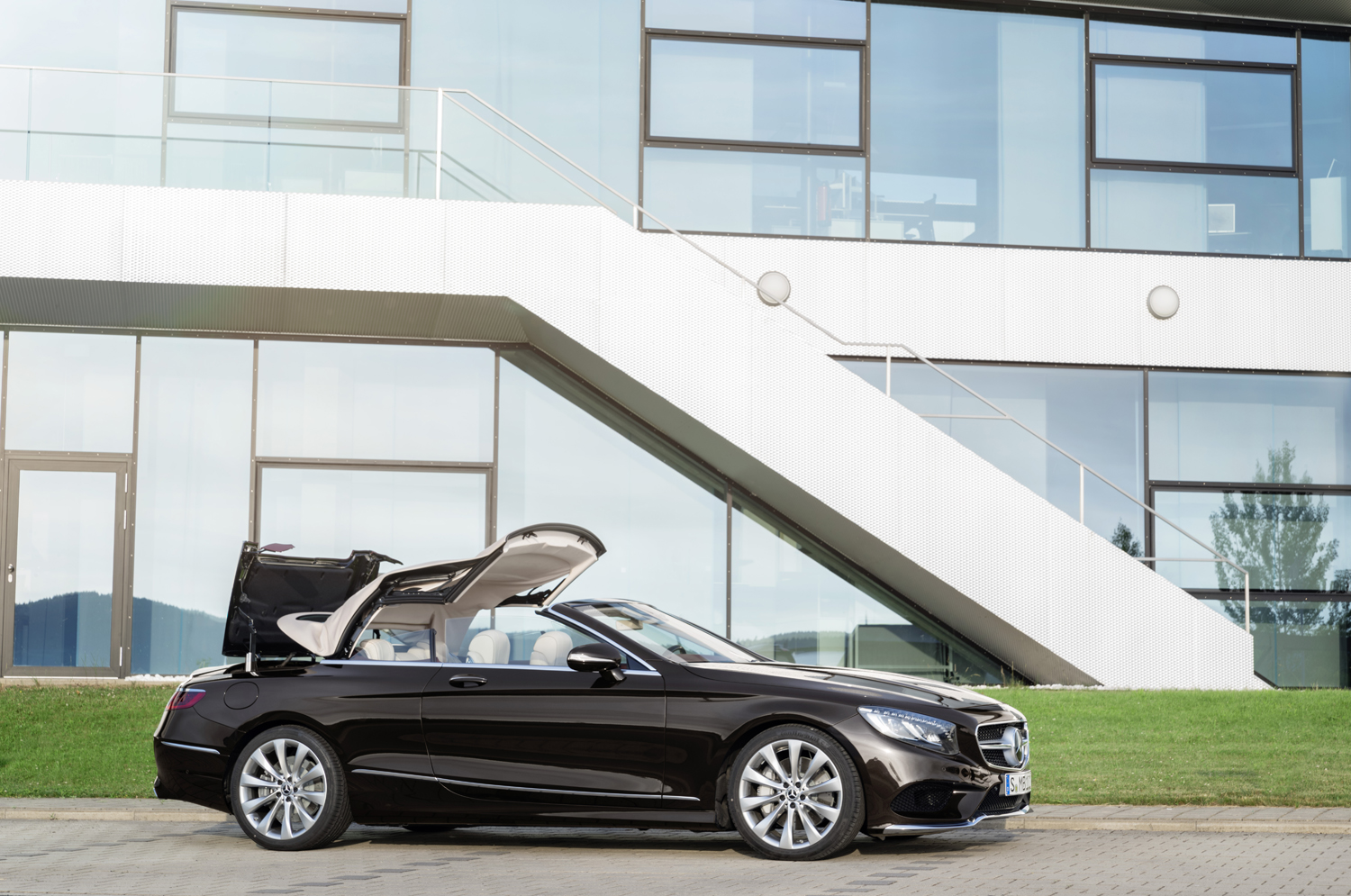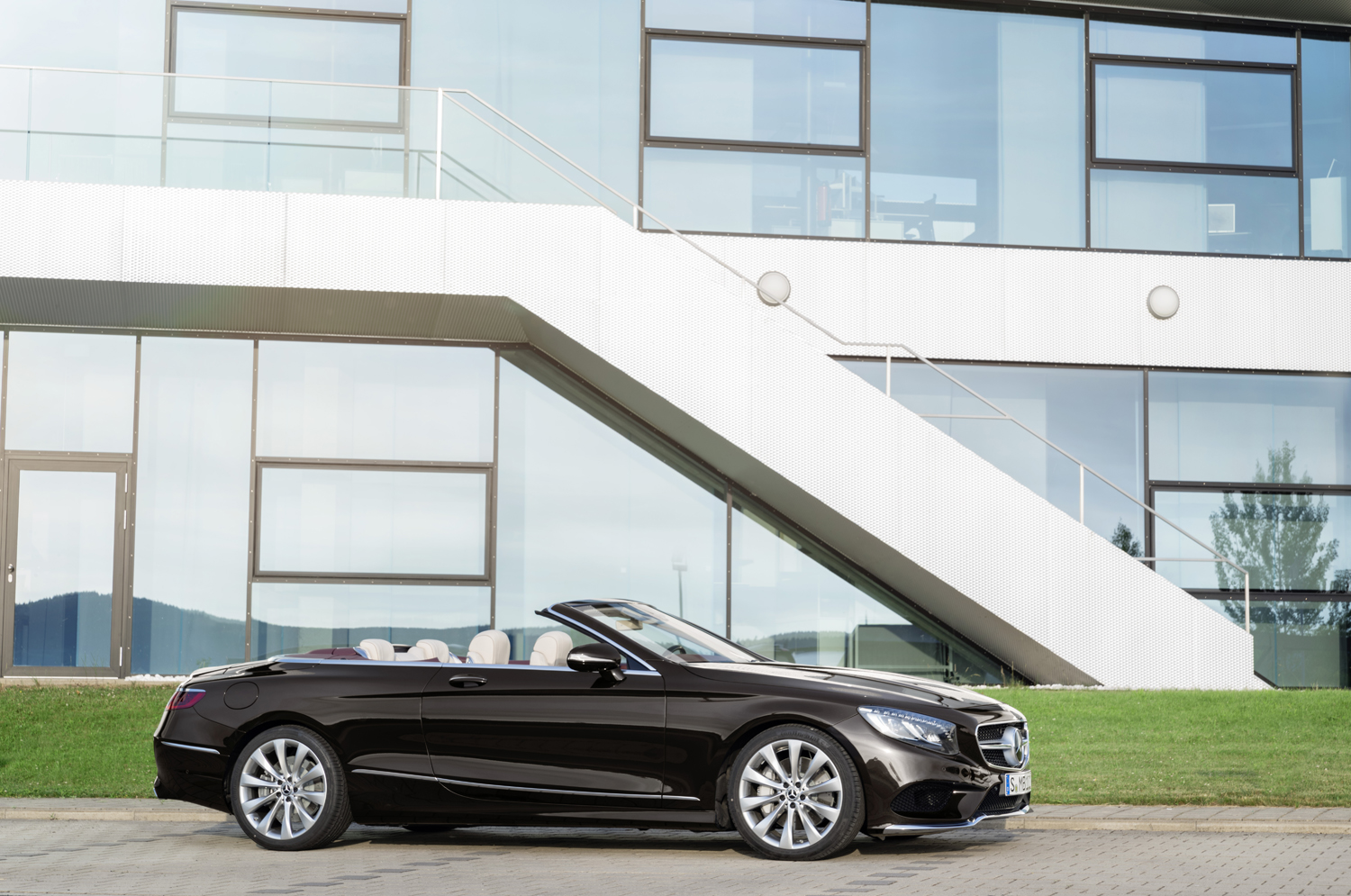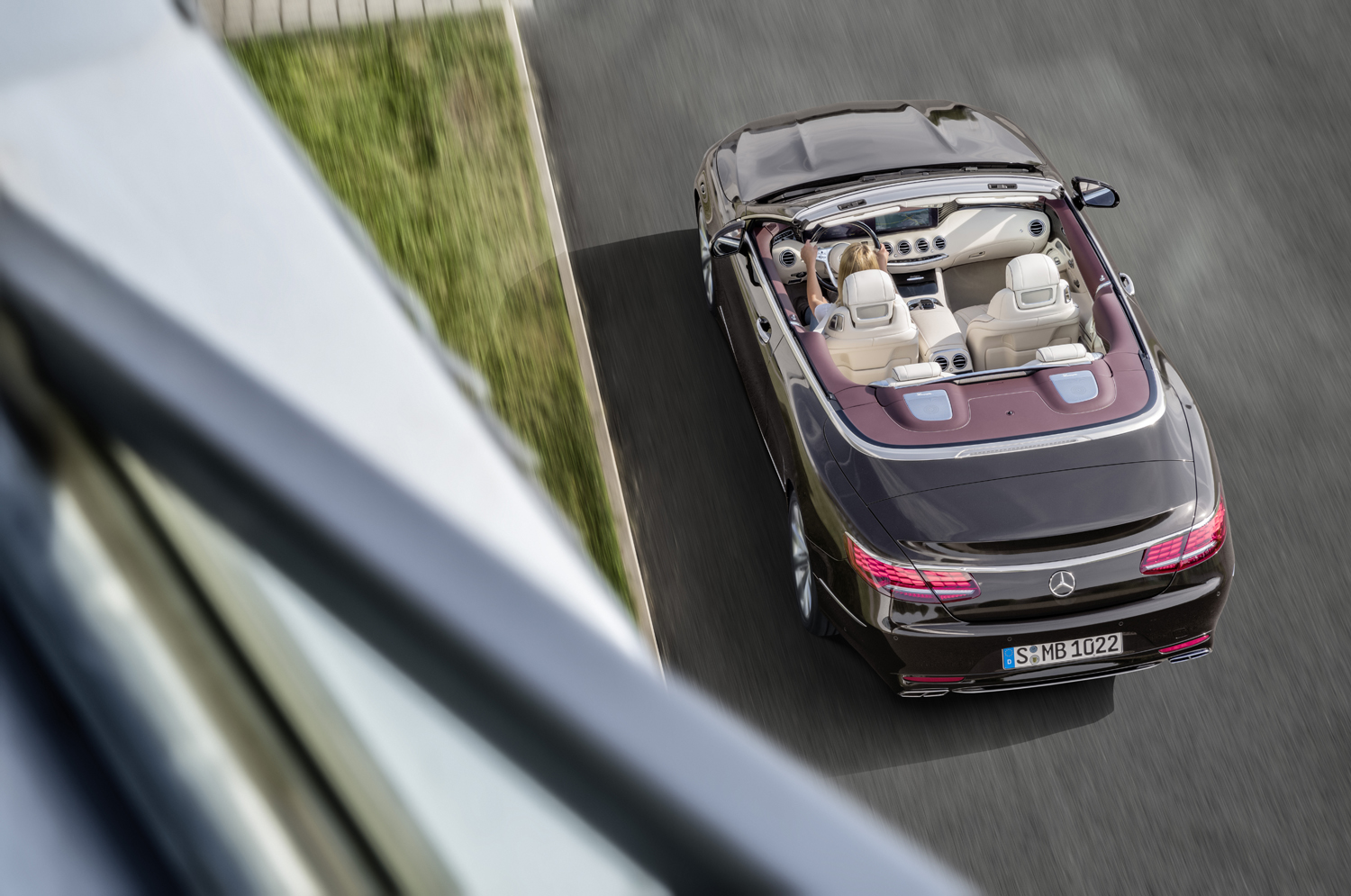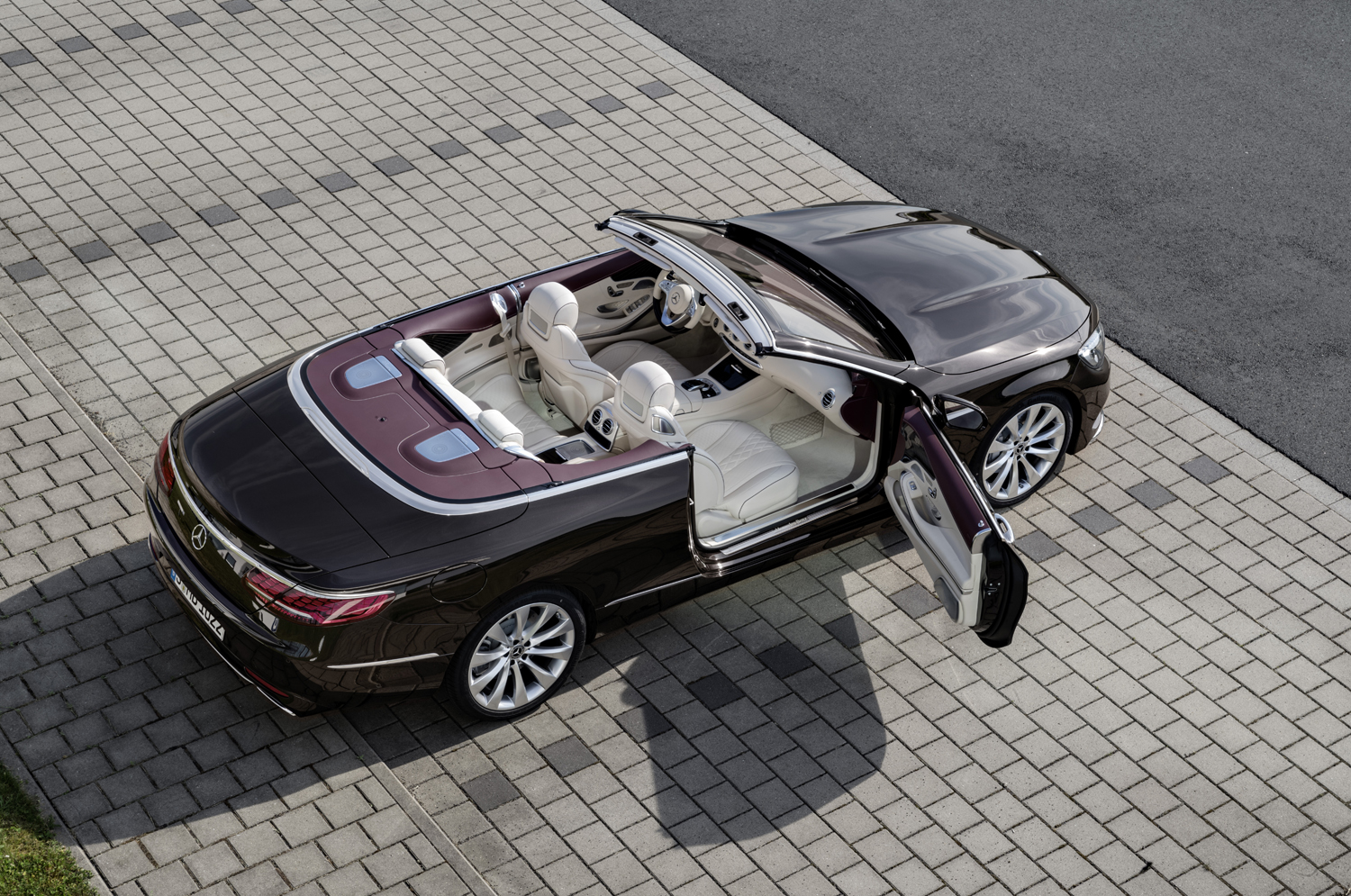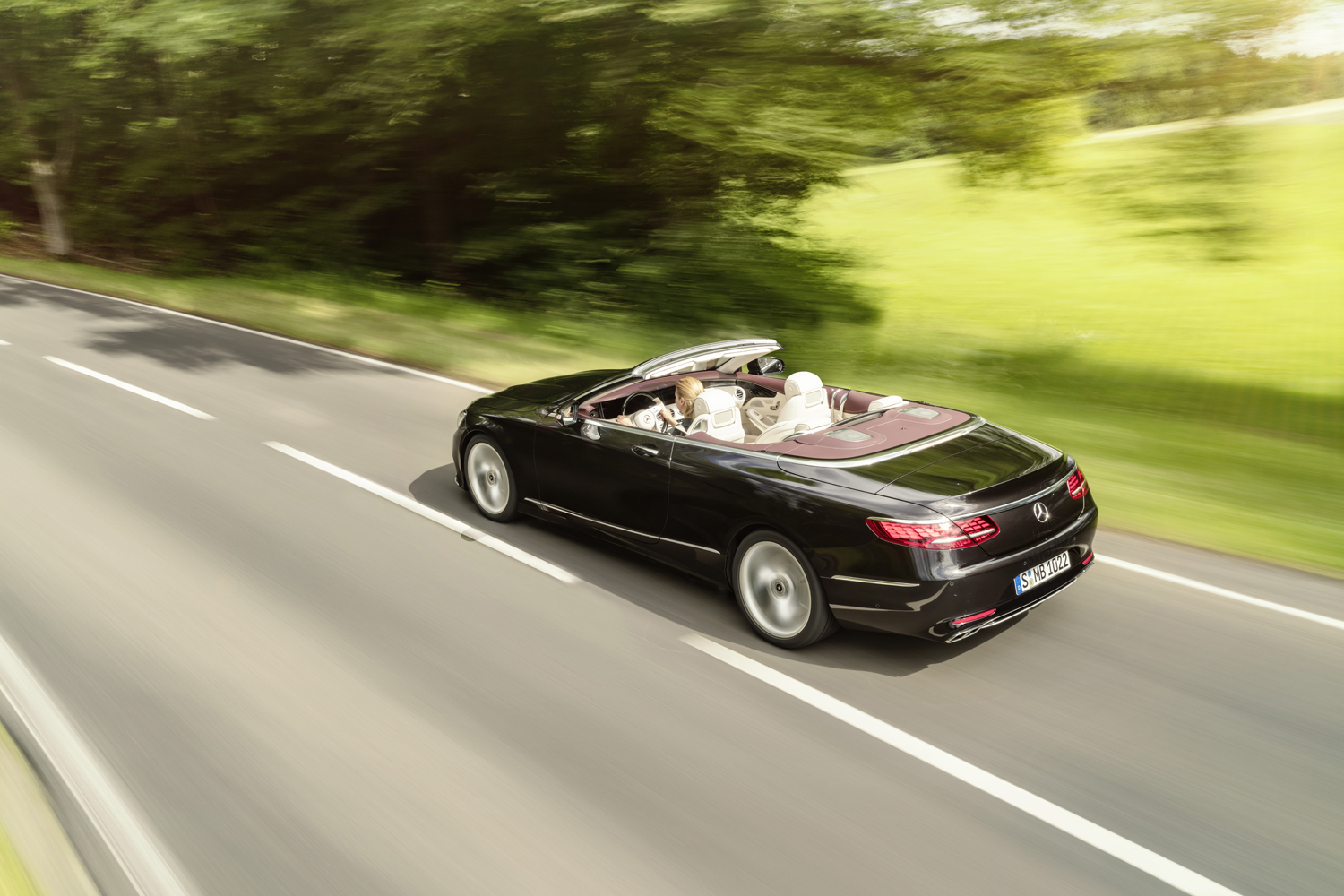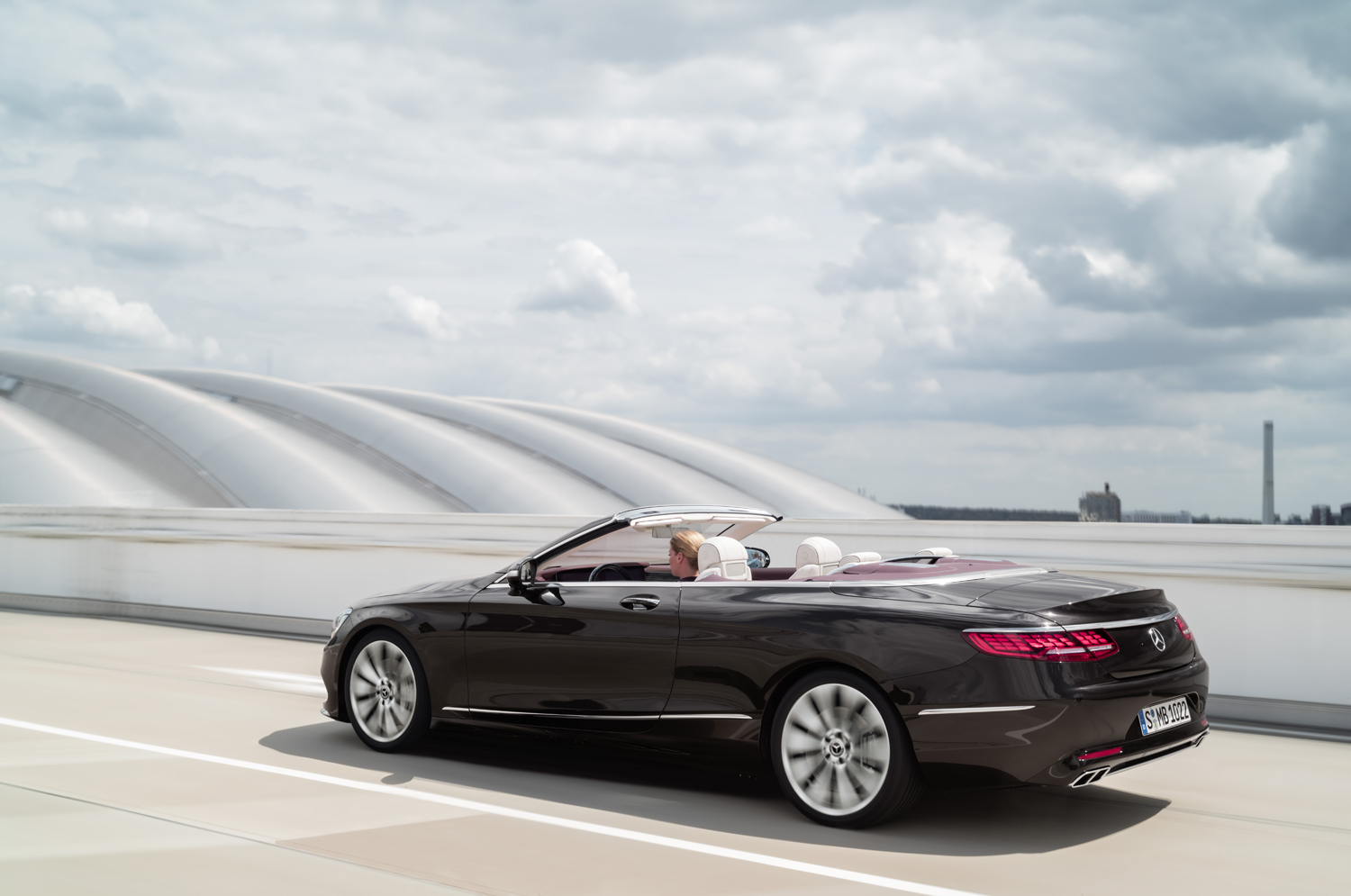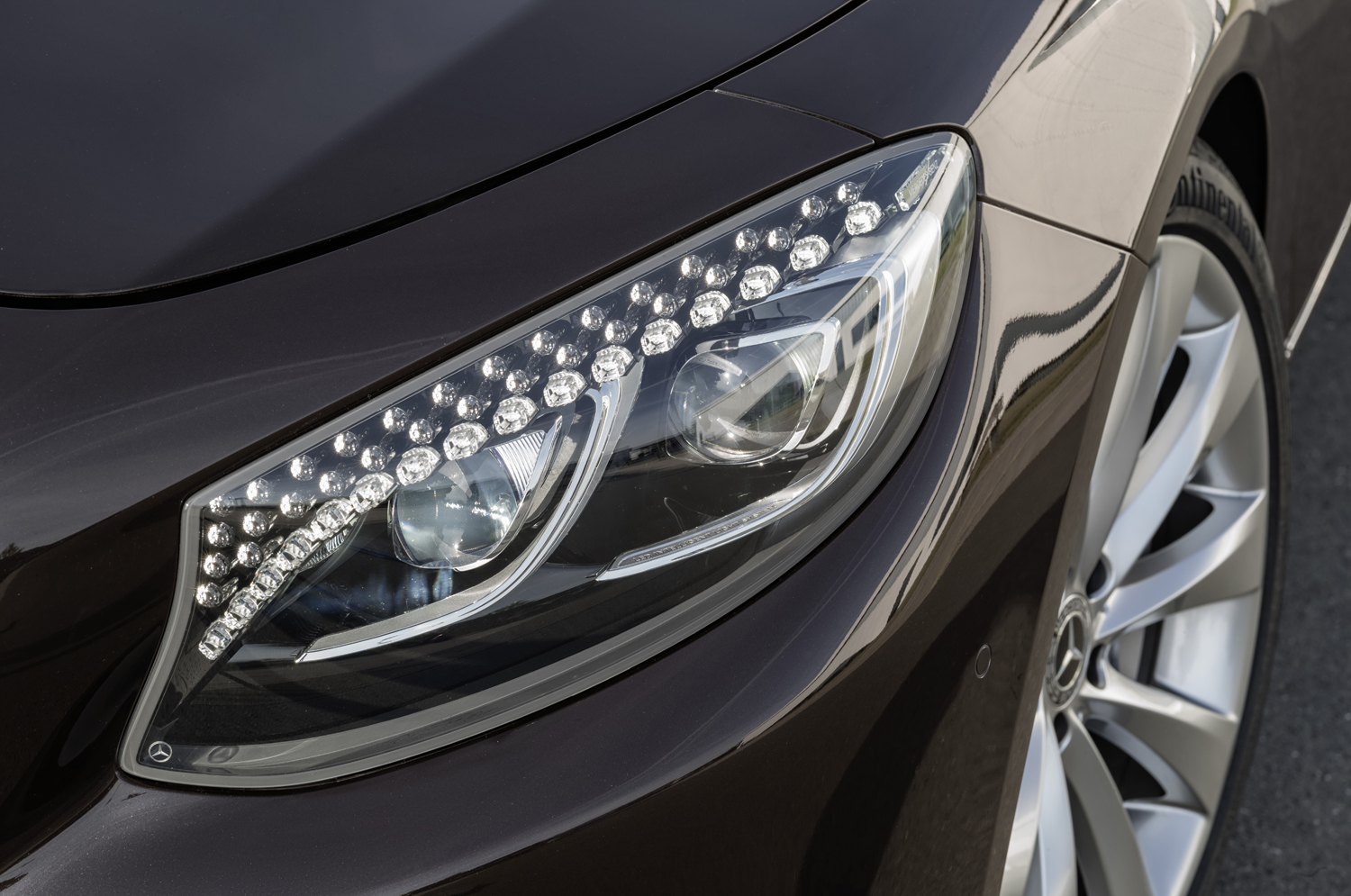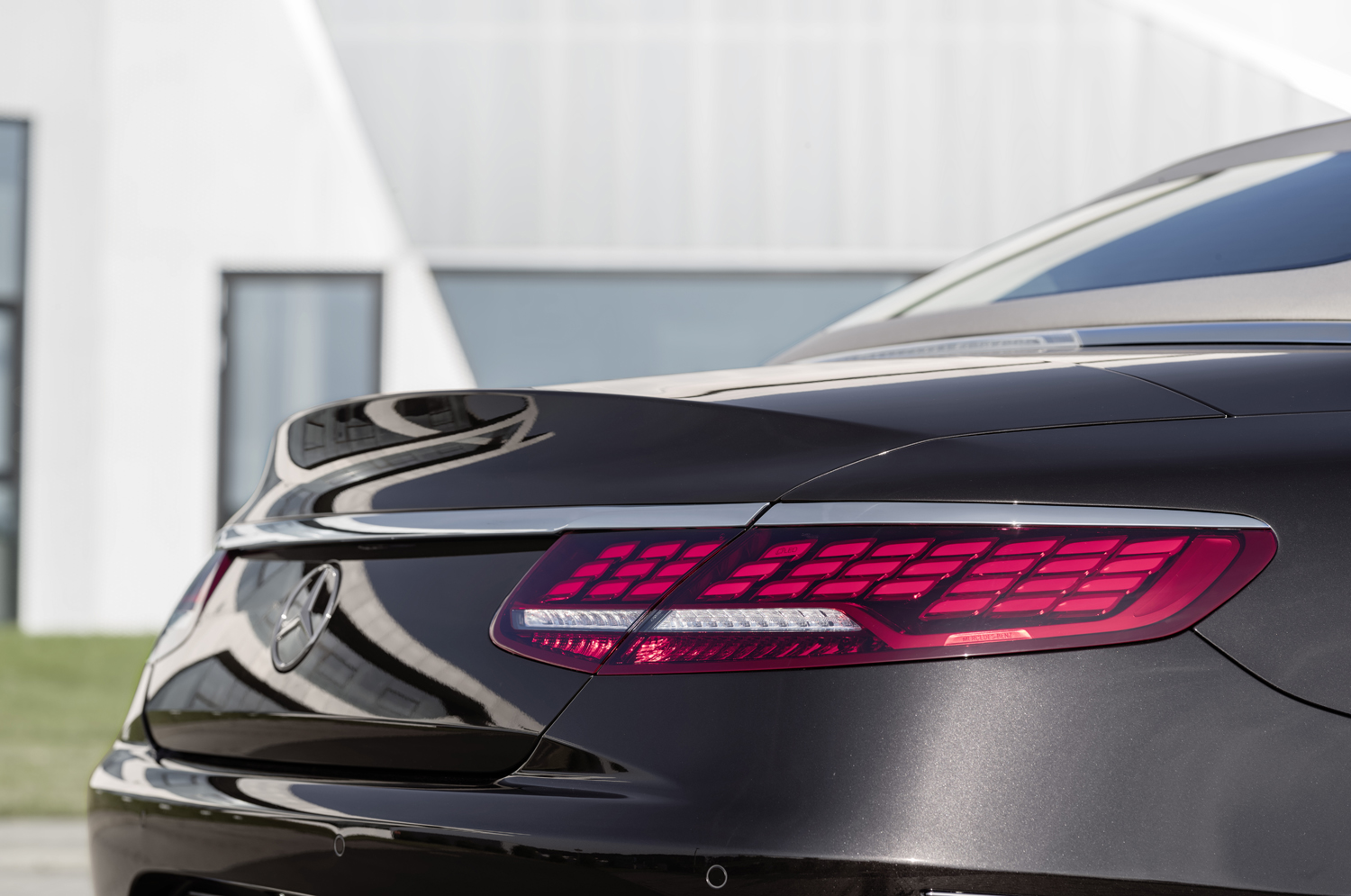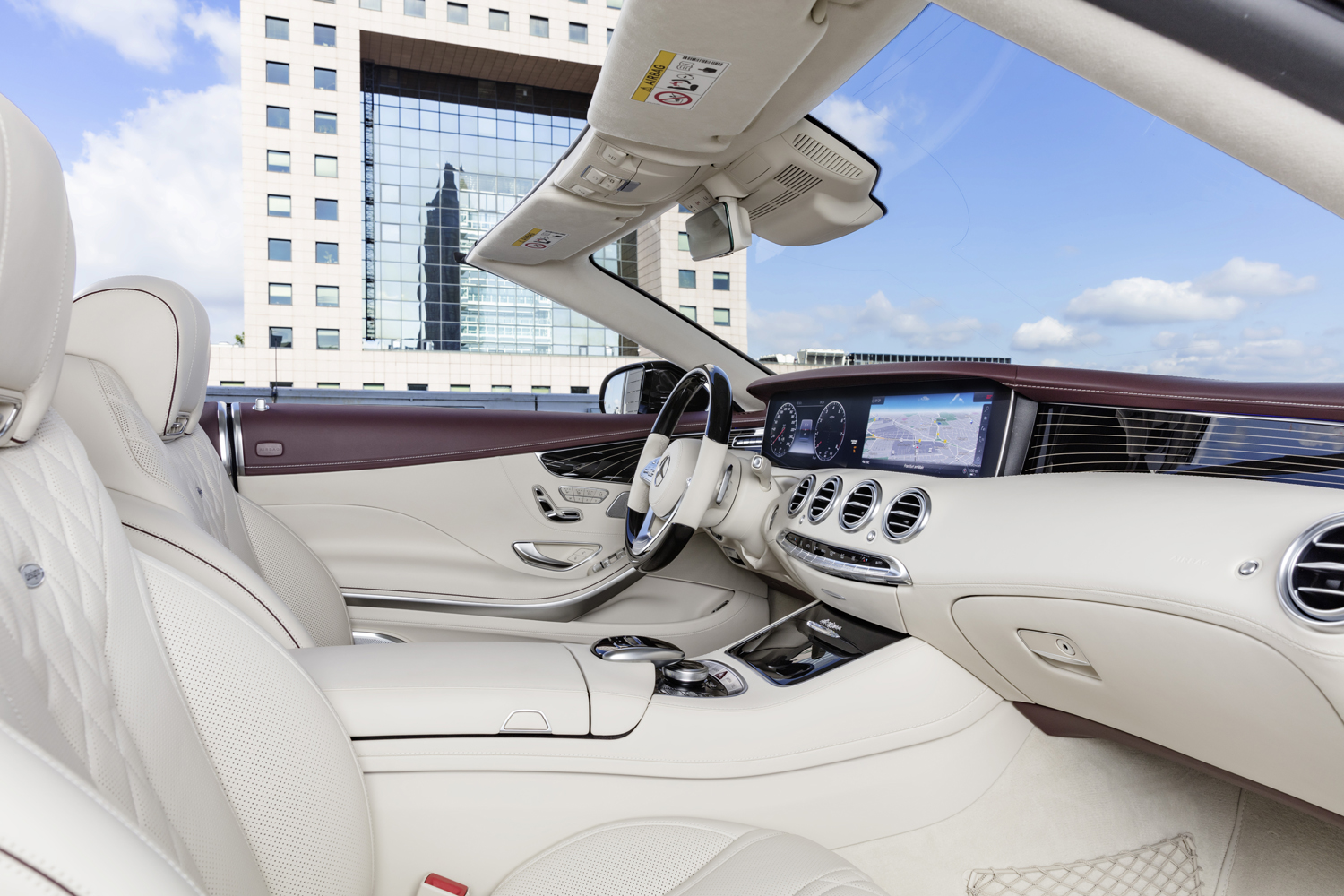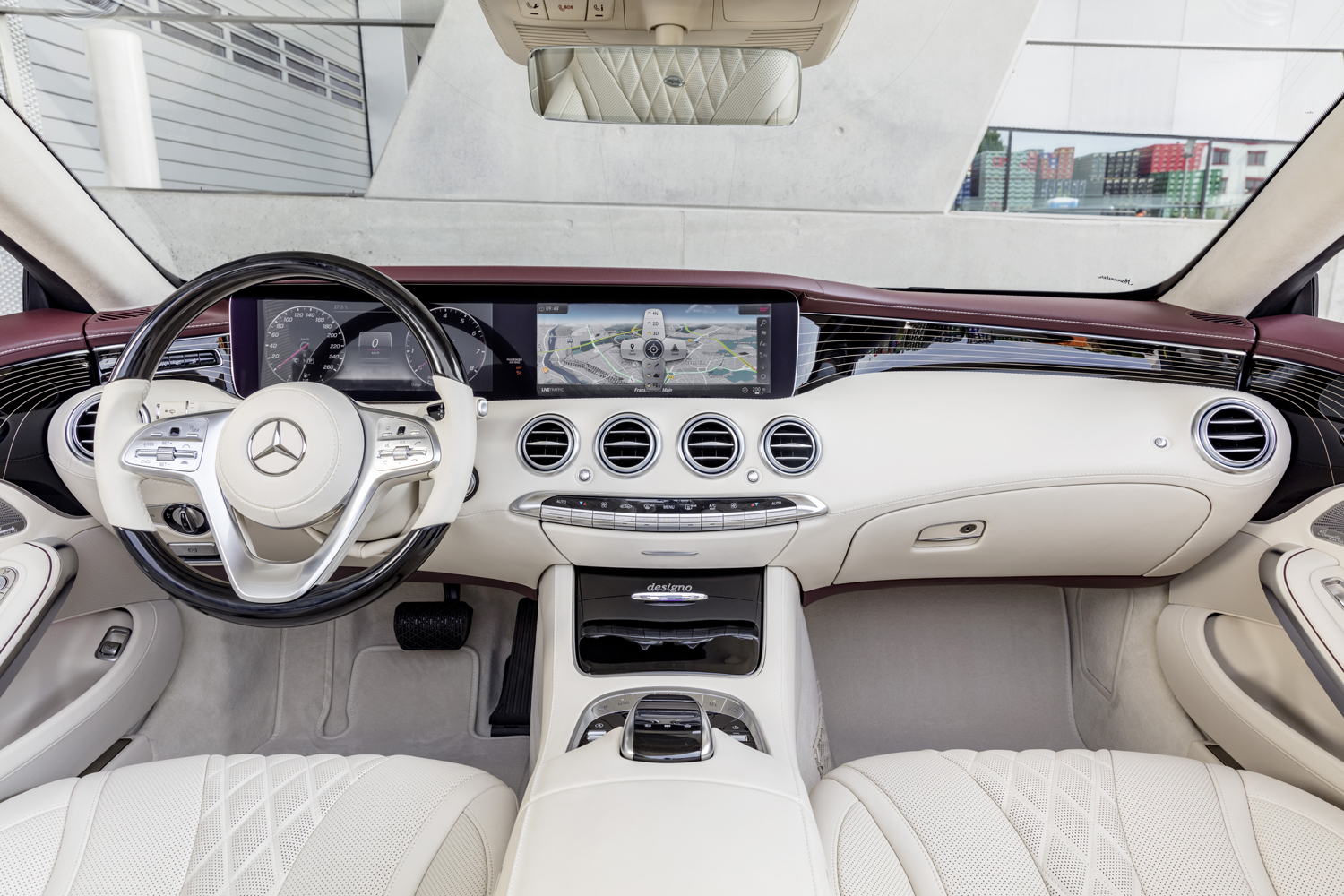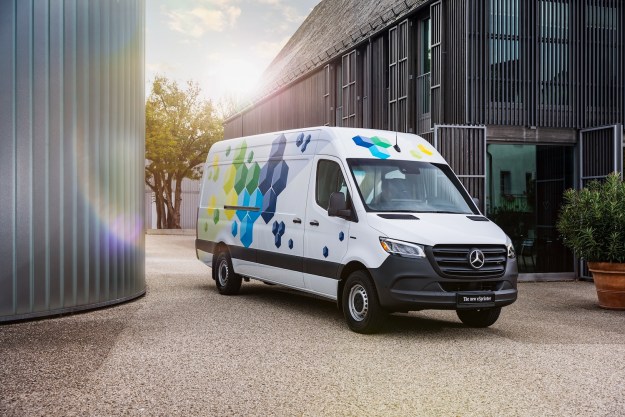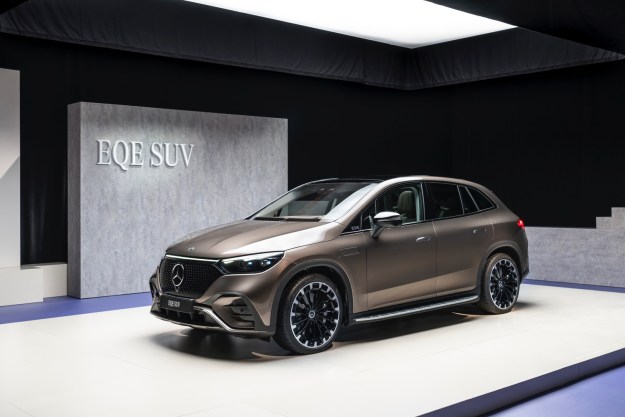The Mercedes-Benz S-Class sedan received purposeful updates inside, outside, and under the hood just a few short months ago. It’s now the Cabriolet and Coupe models’ turn to undergo similar changes. Both cars will be presented to the public on September 12, the opening day of the Frankfurt Auto Show, and they’ll reach showrooms in time for the 2018 model year.
We hate to disappoint the car-spotters out there, but the visual changes applied to the non-AMG-badged models are minor at best. They’re limited to new-look headlights, standard OLED tail lights with a beautiful lighting signature, redesigned bumpers on both ends, and the usual assortment of new paint colors and additional alloy wheel designs. AMG’s versions of the two-door S stand out a little bit more by adopting the signature Panamericana grille also found on the GT, among other cars. If you’re wondering, the grille is named after a famous race in Mexico that Mercedes won in 1952.
The interior gains Mercedes’ Energizing Comfort technology. Already offered on the S-Class sedan, it improves passenger wellness by networking the car’s climate controls, music, seat heating, massage programs, ambient lighting — all 64 shades of it! –, and air fragrances. The dual 12.3-inch screens positioned right in the driver’s line of sight are now protected by a single pane of glass, which gives the dashboard a much sleeker look than before.
In-car technology has become a significant measuring stick in the luxury segment, and the S-Class doesn’t disappoint. The latest version of Mercedes’ Command Navigation infotainment system is fully compatible with Android Auto and Apple CarPlay, and both models gain a wireless charging pad neatly integrated into the front part of the center console. The two cars are also available with a cruise-control-on-steroids which uses map and navigation data to adjust the speed ahead of curves, intersections, and roundabouts, and with a camera-based system that detects bends in the road and automatically compensates for body lean by slightly lifting up one side of the car by up to 2.6 degrees.
Regardless of roof material, the two-door S-Class’ base engine is a new twin-turbocharged 4.0-liter V8 tuned to deliver 463 horsepower between 5,250 and 5,500 rpm and 516 pound-feet of torque from 2,000 to 4,000 rpm. That’s not bad for what’s billed as the S’ entry-level offering. It relies on a nine-speed automatic transmission to send the S650 from zero to 60 mph in 4.5 seconds, and on to a top speed that’s electronically limited to 130 mph. Rear-wheel drive is the only configuration offered. While fuel economy figures haven’t been published, Mercedes assures us the 4.0-liter is markedly more efficient than the 4.7-liter it replaces thanks to a cylinder deactivation system.
The eight-cylinder makes enough power to fill the needs of the average motorist, but sometimes that’s not enough. Power-hungry drivers can step up to the Mercedes-AMG S63, which offers an evolution of the S560’s V8 whose output has been cranked up to 603 horsepower and 664 pound-feet of torque. Its 3.4-second zero-to-60-mph time makes it the quickest two-door S in the range. It’s equipped with a nine-speed automatic transmission, and a performance-tuned all-wheel drive system with variable torque distribution.
Finally, buyers who refuse to settle for less than the pinnacle of the S-Class range are invited to check out the S65. Instead of a V8, it keeps it old-school with a twin-turbocharged 6.0-liter V12 built entirely by hand. The specifications are phenomenal. Mashing the throttle pedal summons 638 horsepower and a monstrous 738 pound-feet of torque. All that power is channeled to the rear axle via a seven-speed automatic transmission, resulting in a four-second sprint to 60 mph from a standstill.
The Coupe and Cabriolet variants of the 2018 Mercedes-Benz S-Class will join the sedan in showrooms halfway through next year. Pricing information will be released in the weeks leading up to both cars’ on-sale date. For what it’s worth, the current Coupe and Cabriolet models start at $122,750 and $131,400, respectively.
Editors' Recommendations
- 2025 Mercedes-Benz G580: range, price, release date, and more
- Mercedes’ electric eSprinter isn’t just greener, it’s better
- 2024 Mercedes-AMG S63 E Performance first drive review: high-performance plug-in
- Mercedes-Benz Vision One-Eleven concept looks to the past for inspiration
- Mercedes-Benz EQE SUV first drive review: ’90s look, cutting-edge tech
